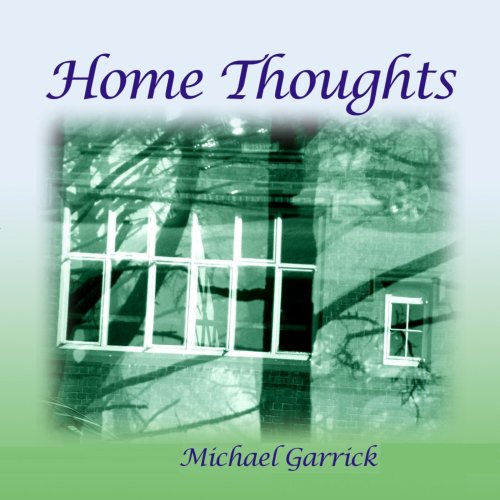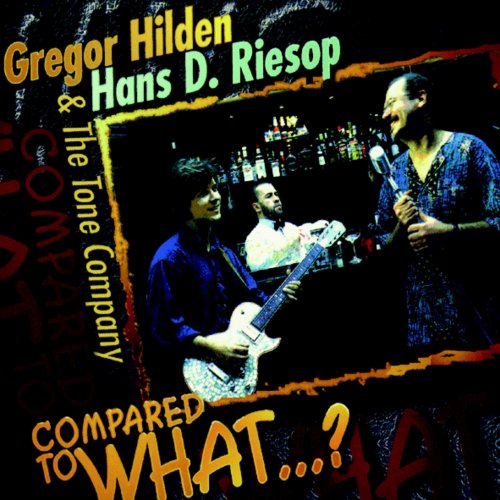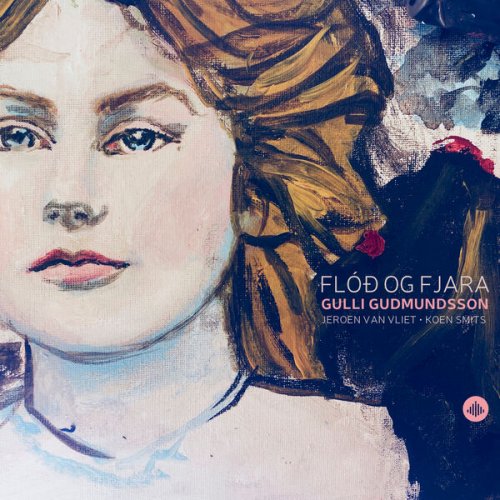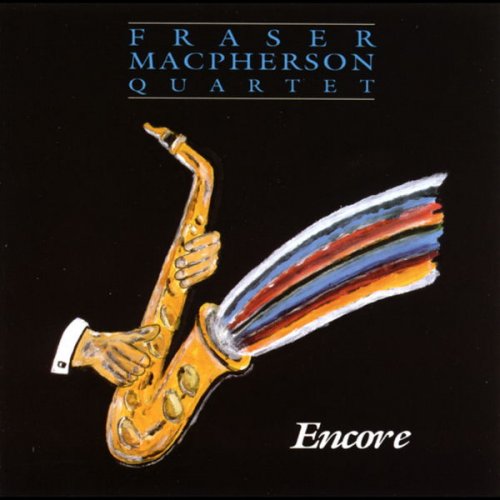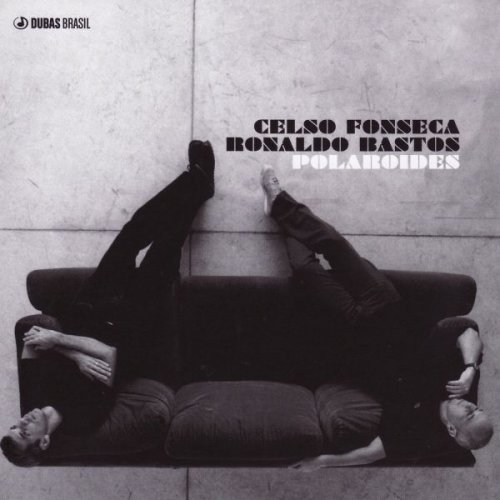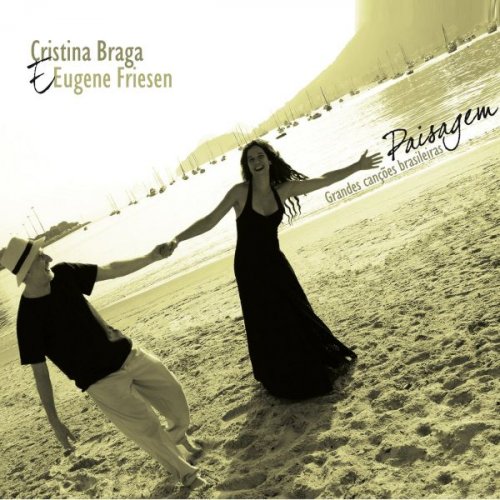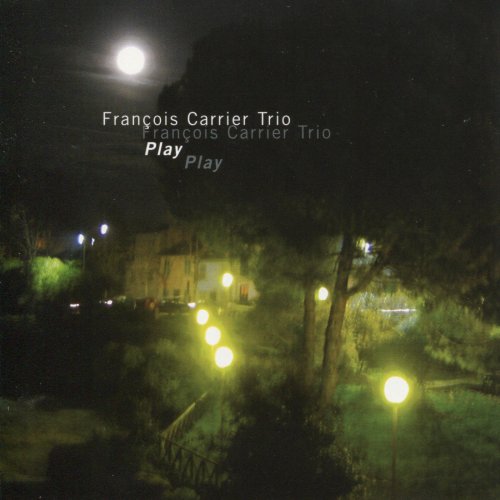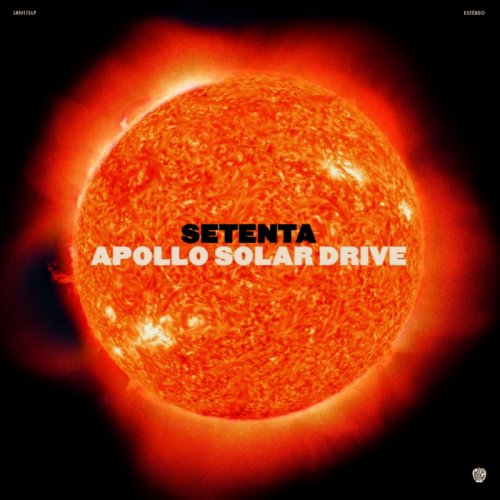Howdy Forrester & John Hartford - Home Made Sugar and a Puncheon Floor (2015)

Artist: Howdy Forrester & John Hartford
Title: Home Made Sugar and a Puncheon Floor
Year Of Release: 2015
Label: Spring Fed Records
Genre: Country, Folk, Bluegrass
Quality: FLAC
Total Time: 44:47
Total Size: 255 MB
WebSite: Album Preview
Tracklist:Title: Home Made Sugar and a Puncheon Floor
Year Of Release: 2015
Label: Spring Fed Records
Genre: Country, Folk, Bluegrass
Quality: FLAC
Total Time: 44:47
Total Size: 255 MB
WebSite: Album Preview
01. Warm Up (0:11)
02. Dugler with a Shoefly On (1:38)
03. That Must Have Been a Tie (0:13)
04. McKinley (1:27)
05. Home Made Sugar and a Puncheon Floor (1:09)
06. Arthur Smith's Twinkle Little Star (1:54)
07. I've Never Heard Anybody Play It but Arthur (0:44)
08. Stump Tail Dog (1:36)
09. Well It's Different (0:13)
10. Uncle John Wills's Lost Indian (1:50)
11. You Did a Whoop (1:00)
12. Still on the Hill (Sells Brothers Circus Rag) (1:58)
13. Tumbling Creek Liza Jane (2:06)
14. Tell You Where I First Heard That One (0:38)
15. Ladies in the Ballroom (1:01)
16. Benny Didn't Get into That Part (1:27)
17. Going Across the Sea (1:45)
18. That's More Like a Scotland Tune (0:56)
19. Cotton Eyed Joe (1:36)
20. Sugar in the Gourd (1:38)
21. Possum up a Gum Stump (1:39)
22. Balance All (1:43)
23. Paddy on the Turnpike (1:46)
24. Polly Put the Kettle On (1:46)
25. You Ever Heard Secesh (0:28)
26. Secesh (2:15)
27. Greenback Dollar... Vernon Solomon Never Heard That (0:25)
28. Lady of the Lake (1:46)
29. Roy Talked About Grandpappy George Wilkerson (3:26)
30. Going Uptown (0:45)
31. Even Back in Those Days (2:42)
32. Bitter Creek (0:50)
33. Run out of Tunes (0:16)
Howdy Forrester (Howard Wilson Forrester) was the quintessence of a traditional artist. His music captured both the spirit of rural experience in the agrarian Mid South (he was born in 1922 in Hickman County, Tennessee) and the zeitgeist of the depression-era exodus from the farm to the city (his family landed in Nashville in the mid 30's). He was an artist of and for his times whose music sounded simultaneously ancient and modern. His music assimilated the rich aesthetic values inherited from his family and community, but he also incorporated influences from very far afield such as Texas contest style, Irish, Canadian, and Scottish fiddling, and classical violin (his favorite “fiddler” was Viennese virtuoso and composer Fritz Kreisler). He preferred a sip of cognac to the corn licker of Gid Tanner or Arthur Smith. When I first met Howdy (I was twelve or thirteen), he struck me as being somewhat cosmopolitan (especially given the fact that I had grown up only a few miles from Howdy's birthplace, a place where the whitetail deer still outnumber the people ten to one and where the only traffic jams occur due to the occasional hay rake moving from one field to another), and even though he had put down some of the most forward-thinking, creative, and technically sophisticated fiddling ever recorded, his music somehow connected with my hillbilly soul. I can smell the wood stove in the kitchen when I hear him jar down on the old numbers. His fiddling somehow manifested (and still does, through his recordings) the humanity and spirituality of not only of his own “self” but also the soul of his community. Irish poet Patrick Kavanagh once stated that in order for art to be universal, it first has to be relevant to a particular place and time, and only then can it reach down into the collective, archetypal psyche that can resonate with the greatest meaning with all of humankind. The best of old-time music does this, and Howdy's music represents the best of old-time music. He qualifies as an artist in the truest sense of the concept.
For those fans who know Howdy's music from his classic recordings of 1960 [Fancy Fiddlin' – Country Style (originally on MGM and now available through Spring Fed Records)] and 1963 (Big Howdy – Fiddlin' Country Style on United Artists) , with knuckle-busting tunes like “Rutland's Reel,” Fiddler's Waltz,” “High Level Hornpipe,” “Say Old Man,” “Grey Eagle,” “Brilliance,” “Memory Waltz,” “The Last Waltz,” “Wild Fiddler's Rag,” “Town and Country Fiddler,” “Howdy in Hickman County,” and “Doc Harris Hornpipe” (each and every one a contest staple), these new recordings from the personal library of John Hartford display with clear resolution the roots of Howdy's mature style. They are a missing link between the early string band material such as the Skillet Lickers and Arthur Smith and the polished, technically supercharged modern contest-style fiddling of which Howdy was a primary architect. He evolved from the tunes and style which he received from his Uncle Bob Cates though his work with Benny Thomasson, from the inescapable influence of Arthur Smith to his time with Bill Monroe, and through the study of the recordings of Fritz Kreisler, and his revisiting these old timers from his youth had passed through the filter of all his experiences and development. While these cuts are a very far cry from the scratchy, rough recordings of early fiddlers such as Mazy Todd and Sid Harkreader, they are no less “authentic” for their technical prowess. Howdy simply played Middle Tennessee old-time fiddle better than anyone else, and these new sides tell this story.
Before going further, we cannot overestimate John Hartford's contributions to this collection. John used to describe himself as a “closet” librarian, and his passion for fiddle music (in all its facets) was unsurpassed. This project further establishes his commitment to the fiddle and banjo format along with duets he released with James “Texas Shorty” Chancellor (“Old Sport”), Gene Goforth (“Emminence Breakdown”), and me (“The Bullies Have All Gone to Rest”). John not only did the academic research and understood the historical and cultural significance of this music, but he himself was a vital, creative force from within the tradition. His banjo accompaniment made me feel as though I had died and gone to fiddle heaven. He played this music from the inside out. John was always on the quest for old-time fiddle music as it lived and breathed in the hearts and hands of previous generations, and in 1986 he visited Howdy with his banjo, trusty hand-held cassette recorder, 3 x 5 note cards (he wore a specially-made vest with nearly a dozen pockets made to carry these cards and his various archive materials; he was basically a walking card catalog whenever he was not in the shower). These sides are the product of the visit. Howdy was not well at the time, and these loose, impromptu performances are far from studio-quality perfect, but artistically, these go beyond perfect. They communicate in spades that “thing” that makes something great. I want to say a personal word of thanks to both John and Howdy for their music and their passion.
Anyone intersted in reading about Howdy's life and times should look for Gayel Ptichford's Fiddler of the Opry: the Howdy Forrester Story (Viewpoint Press, ISBN-13:978-0-943962-06-1).
~ from the liner notes by Jim Wood
For those fans who know Howdy's music from his classic recordings of 1960 [Fancy Fiddlin' – Country Style (originally on MGM and now available through Spring Fed Records)] and 1963 (Big Howdy – Fiddlin' Country Style on United Artists) , with knuckle-busting tunes like “Rutland's Reel,” Fiddler's Waltz,” “High Level Hornpipe,” “Say Old Man,” “Grey Eagle,” “Brilliance,” “Memory Waltz,” “The Last Waltz,” “Wild Fiddler's Rag,” “Town and Country Fiddler,” “Howdy in Hickman County,” and “Doc Harris Hornpipe” (each and every one a contest staple), these new recordings from the personal library of John Hartford display with clear resolution the roots of Howdy's mature style. They are a missing link between the early string band material such as the Skillet Lickers and Arthur Smith and the polished, technically supercharged modern contest-style fiddling of which Howdy was a primary architect. He evolved from the tunes and style which he received from his Uncle Bob Cates though his work with Benny Thomasson, from the inescapable influence of Arthur Smith to his time with Bill Monroe, and through the study of the recordings of Fritz Kreisler, and his revisiting these old timers from his youth had passed through the filter of all his experiences and development. While these cuts are a very far cry from the scratchy, rough recordings of early fiddlers such as Mazy Todd and Sid Harkreader, they are no less “authentic” for their technical prowess. Howdy simply played Middle Tennessee old-time fiddle better than anyone else, and these new sides tell this story.
Before going further, we cannot overestimate John Hartford's contributions to this collection. John used to describe himself as a “closet” librarian, and his passion for fiddle music (in all its facets) was unsurpassed. This project further establishes his commitment to the fiddle and banjo format along with duets he released with James “Texas Shorty” Chancellor (“Old Sport”), Gene Goforth (“Emminence Breakdown”), and me (“The Bullies Have All Gone to Rest”). John not only did the academic research and understood the historical and cultural significance of this music, but he himself was a vital, creative force from within the tradition. His banjo accompaniment made me feel as though I had died and gone to fiddle heaven. He played this music from the inside out. John was always on the quest for old-time fiddle music as it lived and breathed in the hearts and hands of previous generations, and in 1986 he visited Howdy with his banjo, trusty hand-held cassette recorder, 3 x 5 note cards (he wore a specially-made vest with nearly a dozen pockets made to carry these cards and his various archive materials; he was basically a walking card catalog whenever he was not in the shower). These sides are the product of the visit. Howdy was not well at the time, and these loose, impromptu performances are far from studio-quality perfect, but artistically, these go beyond perfect. They communicate in spades that “thing” that makes something great. I want to say a personal word of thanks to both John and Howdy for their music and their passion.
Anyone intersted in reading about Howdy's life and times should look for Gayel Ptichford's Fiddler of the Opry: the Howdy Forrester Story (Viewpoint Press, ISBN-13:978-0-943962-06-1).
~ from the liner notes by Jim Wood
or
or
